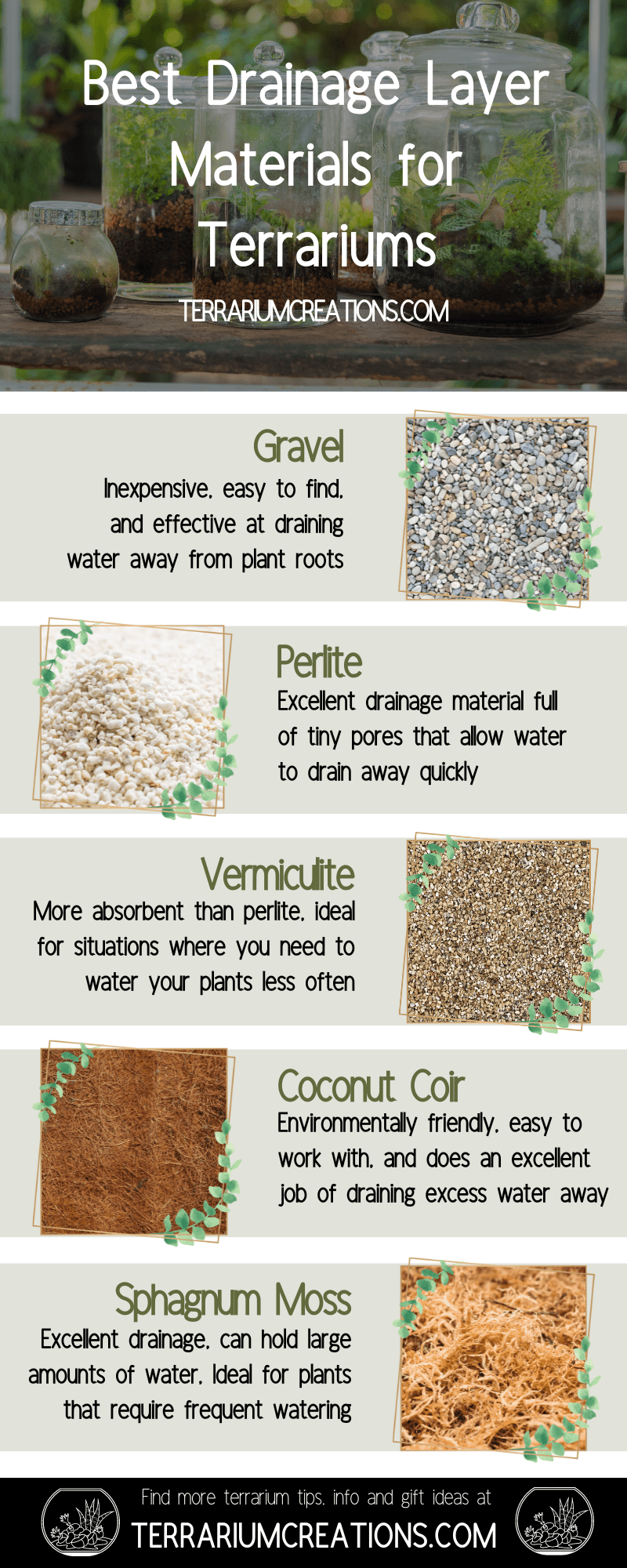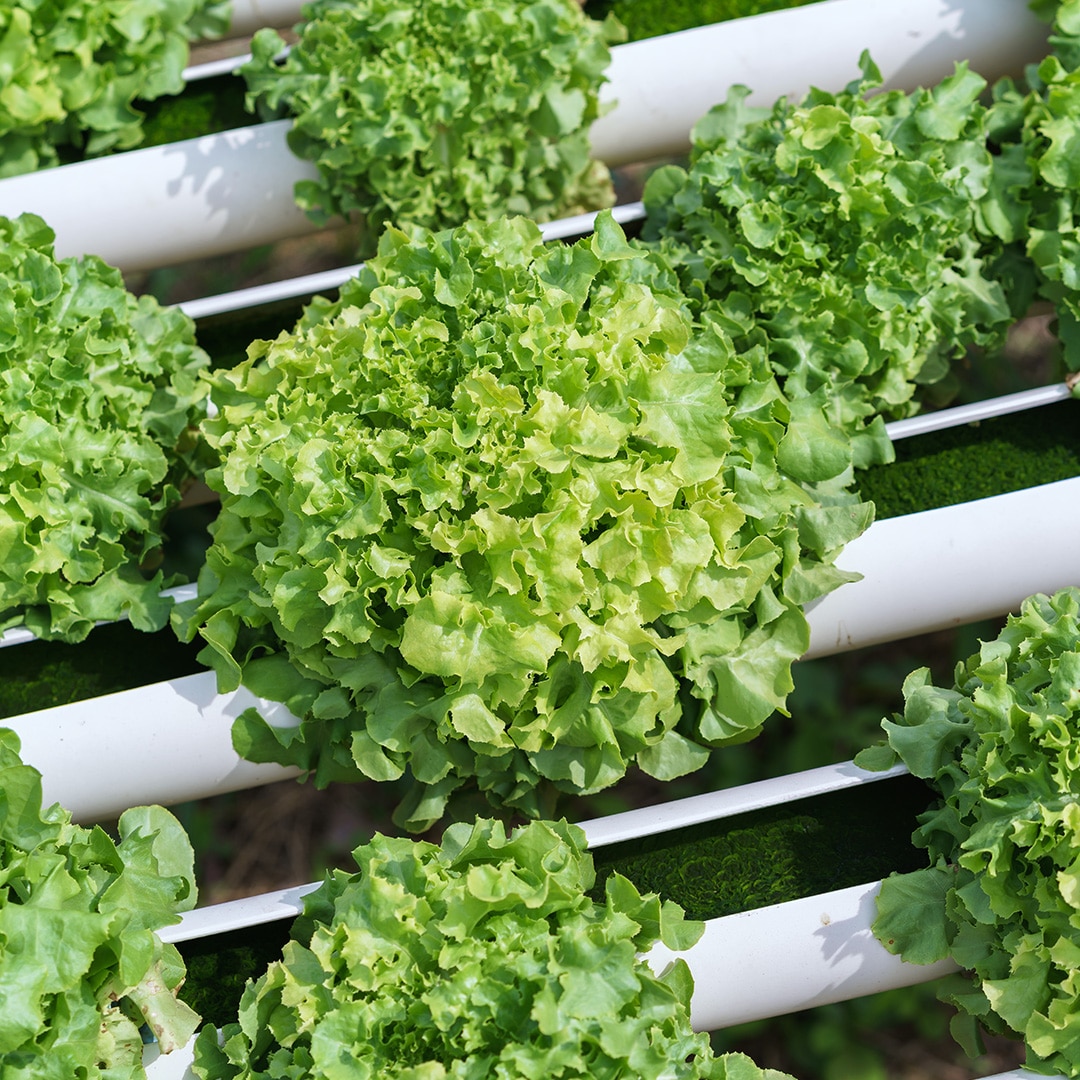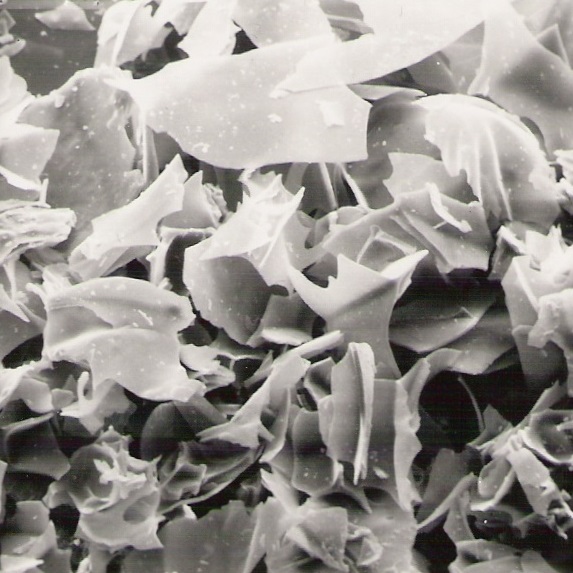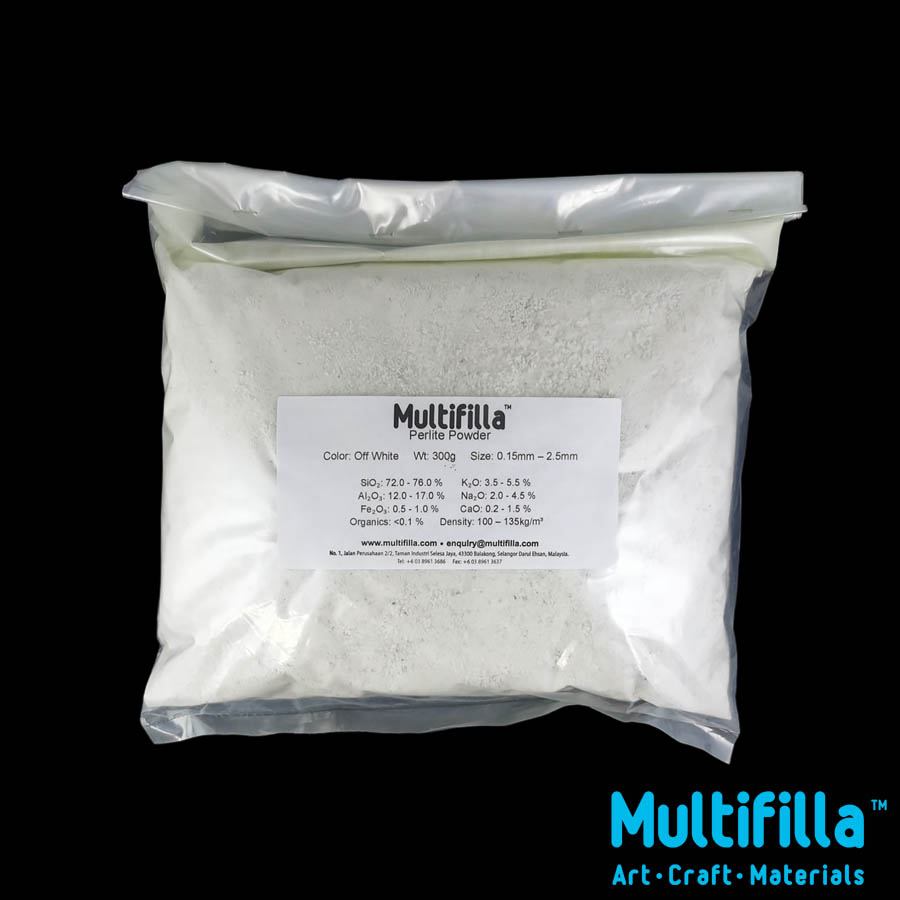How Perlite Soil Amendment Improves Drainage And Aeration For Stronger Healthier Plants
Introduction
Perlite is a lightweight, porous mineral that is often used as a soil amendment. It is made from volcanic glass that has been heated to a high temperature, causing it to expand and become a white, lightweight material. Perlite is added to soil to improve drainage and aeration, which can help plants grow stronger and healthier.
How Perlite Improves Drainage
One of the main benefits of perlite is that it improves drainage. Drainage is important for plants because it helps to prevent root rot. Root rot is a fungal disease that can kill plants if their roots are constantly wet. Perlite helps to improve drainage by providing air spaces in the soil. These air spaces allow excess water to drain away, which helps to keep the roots from becoming waterlogged.
How Perlite Improves Aeration
In addition to improving drainage, perlite also improves aeration. Aeration is the amount of oxygen that is available to plant roots. Plant roots need oxygen to breathe, so it is important to have good aeration in the soil. Perlite helps to improve aeration by providing air spaces in the soil. These air spaces allow oxygen to circulate around the roots, which helps to keep them healthy.
Benefits of Using Perlite
There are many benefits to using perlite as a soil amendment. Some of the benefits include:
- Improved drainage
- Improved aeration
- Increased water retention
- Reduced compaction
- Lighter weight
- Inexpensive
How to Use Perlite
Perlite can be used in a variety of ways. It can be added to potting soil, garden soil, and even sand. When adding perlite to soil, it is important to use the correct amount. Too much perlite can make the soil too light and airy, while too little perlite will not have any benefit. A general rule of thumb is to use 1 part perlite to 3 parts soil.
Conclusion
Perlite is a versatile and beneficial soil amendment that can help plants grow stronger and healthier. By improving drainage and aeration, perlite can help to prevent root rot and other plant diseases. It can also help to increase water retention and reduce compaction. Perlite is lightweight, inexpensive, and easy to use. If you are looking for a way to improve the quality of your soil, perlite is a great option.
Perlite is a lightweight, organic soil amendment that can improve drainage and aeration in potting mixes. It encourages strong root development by helping to prevent soil compaction. Perlite is also sterile and weed-free, making it a safe and effective choice for all types of plants.
If you're looking for a way to improve the health and growth of your plants, perlite is a great option. To learn more about perlite soil amendment, visit Home Gardening.
FAQ of perlite soil amendment
What is perlite?
Perlite is a lightweight, porous volcanic glass that has been expanded by heating to high temperatures. It is often used as a soil amendment to improve drainage and aeration. Perlite is inert, meaning it does not break down or release any nutrients into the soil. It is also non-toxic and safe for use around plants and animals.
What are the benefits of using perlite in soil?
Perlite has several benefits as a soil amendment, including:
- Improved drainage: Perlite is very lightweight and porous, which allows water to drain freely through the soil. This helps to prevent waterlogging and root rot.
- Increased aeration: The air pockets in perlite help to improve the air circulation around plant roots. This is essential for healthy root growth.
- Lighter weight: Perlite is much lighter than most other soil amendments, which makes it easier to work with and transport.
- Inert: Perlite is inert, meaning it does not break down or release any nutrients into the soil. This makes it a safe choice for use around plants and animals.
How much perlite should I add to my soil?
The amount of perlite you need to add to your soil will vary depending on the type of plants you are growing and the condition of your soil. A good place to start is to add 10-20% perlite by volume to your potting mix. If you are growing plants that need very good drainage, such as succulents or cacti, you may want to add up to 50% perlite.
Can I use perlite in my garden?
Yes, you can use perlite in your garden. It is a good choice for amending clay soils, as it helps to improve drainage and aeration. You can also use perlite to create raised beds or to improve the drainage in your compost pile.
Is perlite organic?
Perlite is not considered to be an organic soil amendment. It is a mined mineral that has been processed to create its lightweight, porous texture. However, perlite is inert and non-toxic, so it is safe to use in organic gardens.
Is perlite safe for plants?
Yes, perlite is safe for plants. It is inert and non-toxic, and it does not release any nutrients into the soil. Perlite can be used to improve the drainage and aeration of soil, which can help plants to grow healthier and stronger.
How do I use perlite?
Perlite can be added to soil at any time. If you are adding it to potting mix, simply mix it in evenly. If you are adding it to garden soil, you can rake it in or broadcast it over the surface.
Where can I buy perlite?
Perlite is available at most garden centers and home improvement stores. It is also available online.
Image of perlite soil amendment
10 different images of perlite soil amendment that are free to use:
- Perlite in a bag. This image shows a bag of perlite, which is a white, lightweight, and porous material made from volcanic glass. Perlite is often used as a soil amendment to improve drainage and aeration.

- Perlite mixed with soil. This image shows perlite mixed with soil. The perlite helps to improve the drainage and aeration of the soil, which can help plants to grow healthier.

- Perlite used to pot a plant. This image shows perlite being used to pot a plant. The perlite helps to improve the drainage of the potting mix, which can help to prevent the plant from getting root rot.

- Perlite used as a topdressing. This image shows perlite being used as a topdressing for a plant. The perlite helps to improve the drainage of the soil and also helps to keep the soil surface from drying out too quickly.

- Perlite used in a terrarium. This image shows perlite being used in a terrarium. The perlite helps to improve the drainage of the terrarium and also helps to create a more natural-looking environment for the plants.

- Perlite used in a hydroponics system. This image shows perlite being used in a hydroponics system. The perlite helps to provide aeration for the roots of the plants and also helps to keep the water in the system from becoming stagnant.

- Perlite used in a compost bin. This image shows perlite being used in a compost bin. The perlite helps to improve the drainage of the compost bin and also helps to keep the compost from becoming too wet.

- Perlite used as a fire retardant. This image shows perlite being used as a fire retardant. The perlite helps to slow the spread of fire and also helps to insulate the area from the heat of the fire.

- Perlite used as a filler material. This image shows perlite being used as a filler material. The perlite helps to fill in empty spaces and also helps to absorb moisture.

- Perlite used as a polishing agent. This image shows perlite being used as a polishing agent. The perlite helps to remove scratches and blemishes from surfaces.

Post a Comment for "How Perlite Soil Amendment Improves Drainage And Aeration For Stronger Healthier Plants"